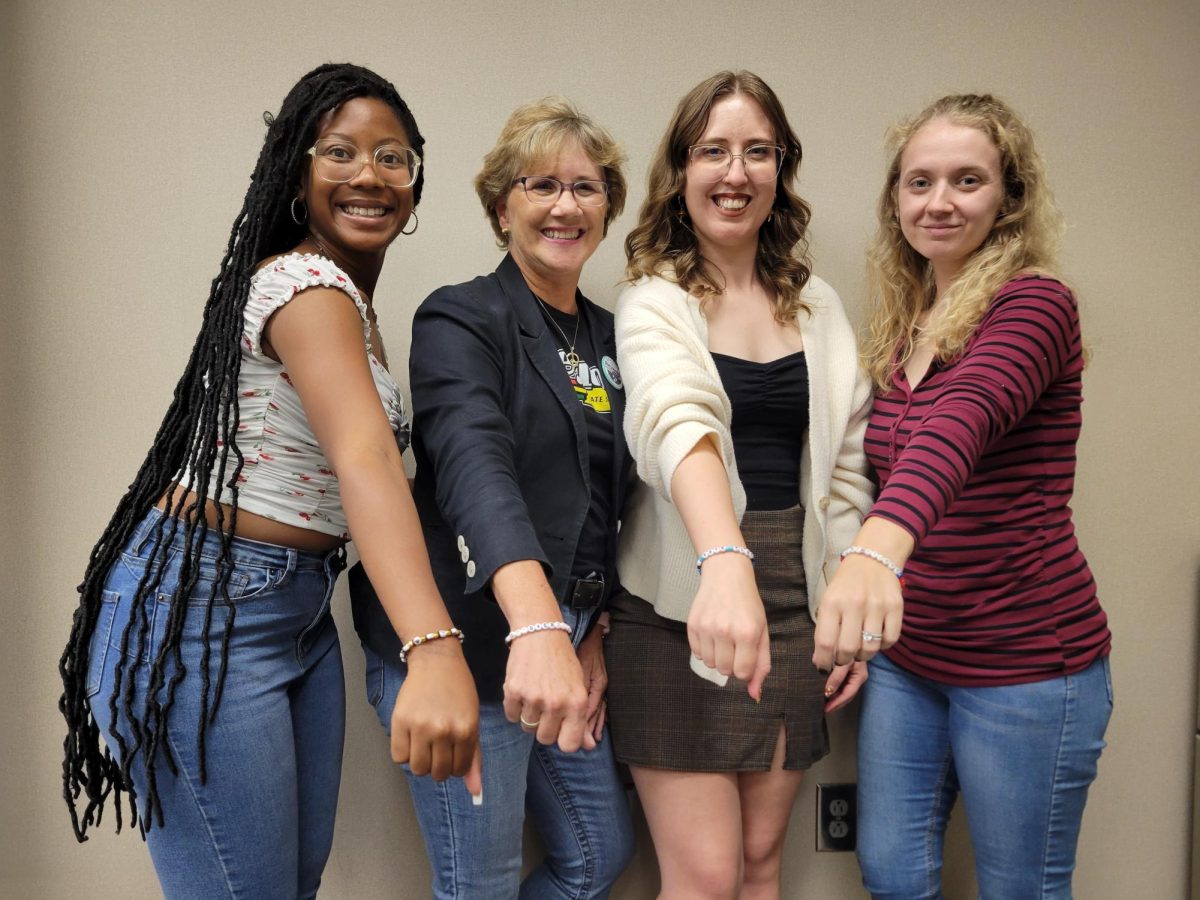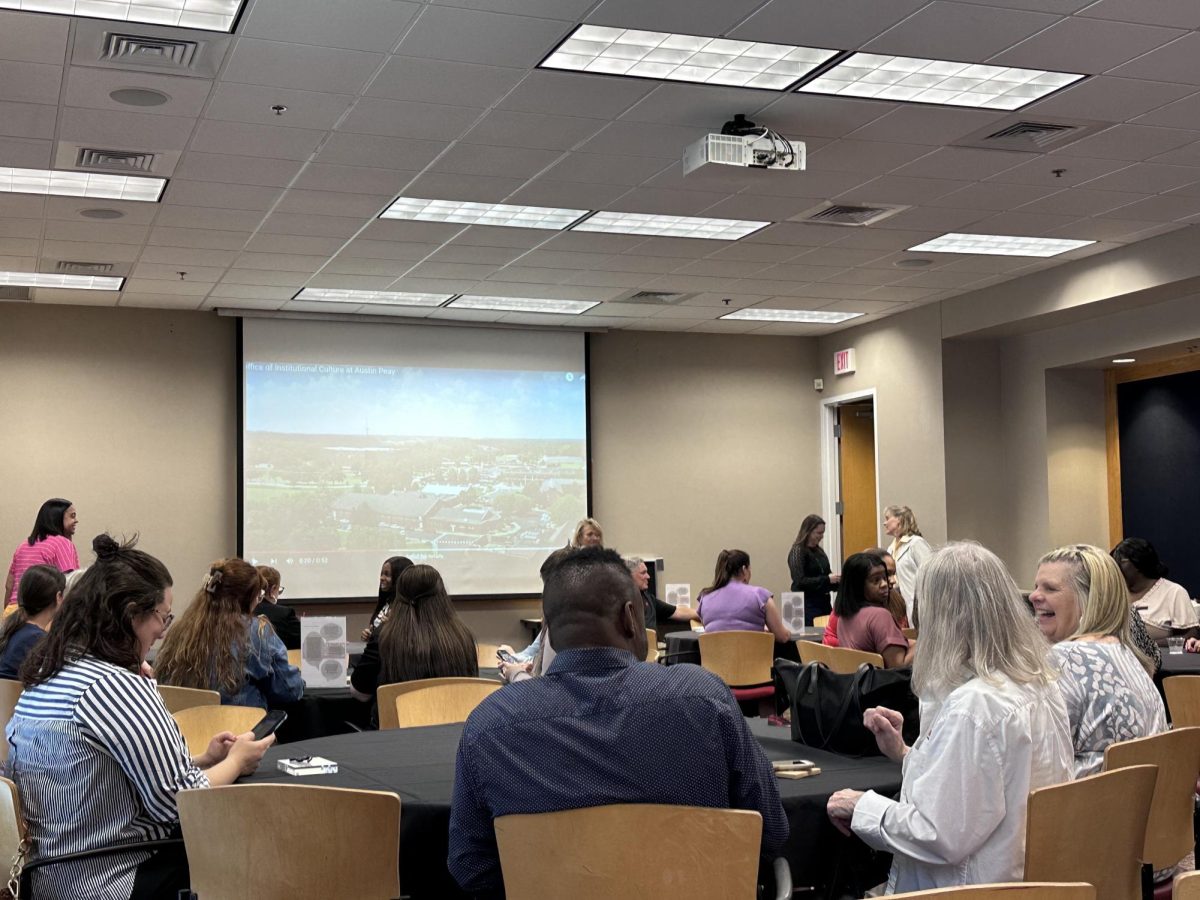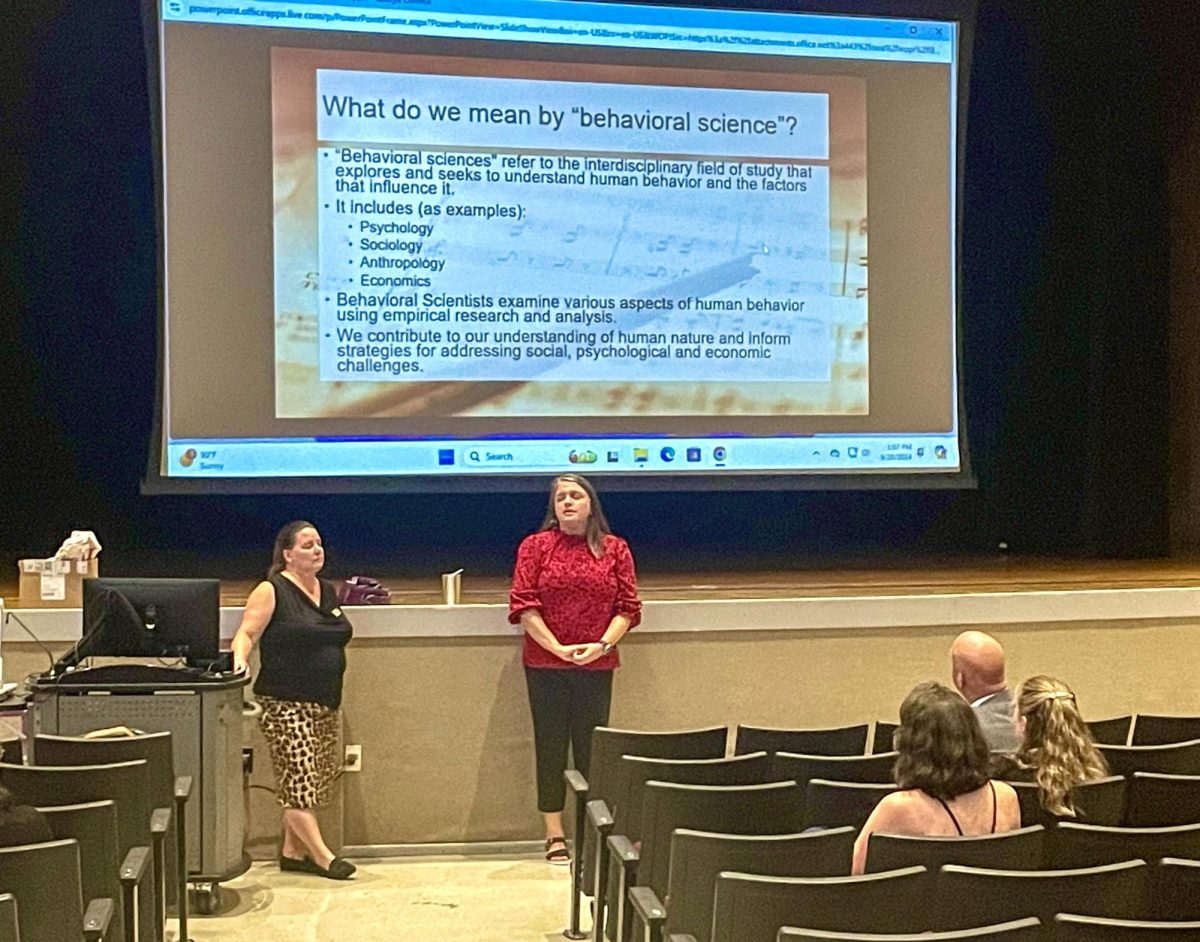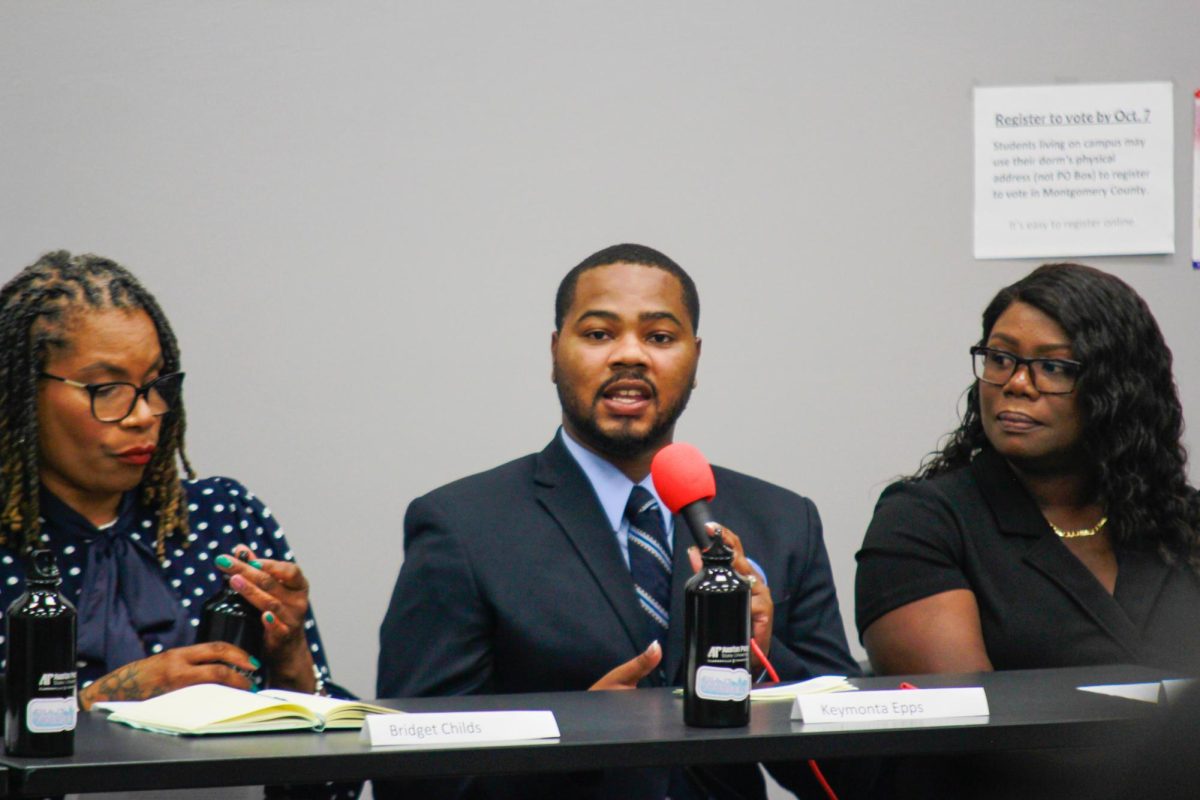NEW YORK (AP) — In every region of America, white and Asian children are far better positioned for success than black, Latino and American Indian children, according to a new report appealing for urgent action to bridge this racial gap.
Titled “Race for Results,” the report is being released Tuesday by the Annie E. Casey Foundation, which for decades has worked to improve child well-being in the United States.
At the core of the report is a newly devised index based on 12 indicators measuring a child’s success from birth to adulthood. The indicators include reading and math proficiency, high school graduation data, teen birthrates, employment prospects, family income and education levels, and neighborhood poverty levels.
Using a single composite score with a scale of one to 1,000, Asian children have the highest index score at 776, followed by white children at 704.
“Scores for Latino (404), American-Indian (387) and African-American (345) children are distressingly lower, and this pattern holds true in nearly every state,” said the report.
Patrick McCarthy, the Casey Foundation’s president, said the findings are “a call to action that requires serious and sustained attention from the private, nonprofit, philanthropic and government sectors to create equitable opportunities for children of color.”
The report was based on data from 2012, including census figures tallying the number of U.S. children under 18 at 39 million whites, 17.6 million Latinos, 10.2 million blacks, 3.4 million of Asian descent, and 640,000 American Indians, as well as about 2.8 million children of two or more races. Under census definitions, Latinos can be of various racial groups.
The report described the challenges facing African-American children as “a national crisis.”
For black children, the states with the lowest scores were in the South and upper Midwest — with Wisconsin at the bottom, followed closely by Mississippi and Michigan. The highest scores were in states with relatively small black populations — Hawaii, New Hampshire, Utah and Alaska.
Outcomes varied for different subgroups of Asian and Latino children. For example, in terms of family income levels, children of Southeast Asian descent — Burmese, Hmong, Laotian, Cambodian and Vietnamese — faced greater hurdles than children whose families came from India, Japan, the Philippines and China.
Among Latinos, children of Mexican and Central American descent faced the biggest barriers to success; those of Cuban and South American descent fared better in the index.
The state with the highest score for Latino children was Alaska, at 573. The lowest was Alabama, at 331.
Only 25 states provided enough data to compile scores for American Indian children. Their scores were highest in Texas (631), Alabama (568), Florida (554) and Kansas (553), and lowest in the upper Midwest, the Southwest and the Mountain States. The score for Indian children in South Dakota — 185 — was the lowest of any group in any state on the index.
Some of South Dakota’s Indian reservations are among the poorest nationwide, which contributes to high levels of domestic violence, alcoholism and drug abuse, fetal-alcohol syndrome, teen pregnancy and low graduation rates.
The report found sharp differences in Indian children’s outcomes based on tribal affiliation. For example, Apache children were far more likely than Choctaw children to live in economically struggling families.
“Regardless of our own racial background or socio-economic position, we are inextricably interconnected as a society,” the report concluded. “We must view all children in America as our own — and as key contributors to our nation’s future.”
Ericka Conley
___












